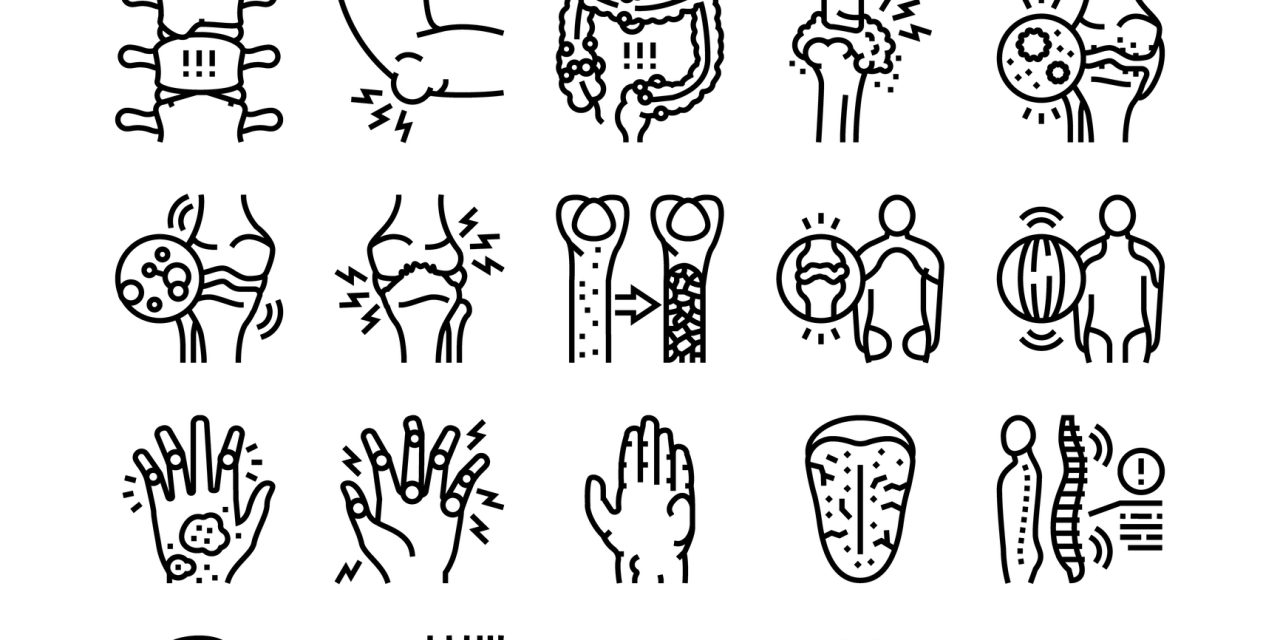Traumatic lesions of articular cartilage represent a crucial risk factor for osteoarthritis. Even if several strategies exist to treat such damages, the optimal solution has not yet been found. A new strategy represents the scaffold-free spheroid-based autologous chondrocyte transplantation. In this method, spheroids of chondrocytes are synthesized after chondrocyte isolation and expansion, followed by the implantation in a second intervention.
Fine Jamshidi-needle biopsies from five patients (one from each patient, Ø 2 mm) treated with a spheroid-based autologous chondrocyte implantation (ACI) after traumatic lesions of the articular cartilage of the knee were analysed histologically and immunohistologically for collagen II, collagen X and aggrecan expression. The indication for a second look arthroscopy was given by arthrofibrosis or meniscus-lesions, respectively. The time between ACI and second-look arthroscopy ranged between 6 and 16 months.
In all patients, the histological examinations revealed an avascular cartilage tissue with a homogenic extracellular matrix. The subchondral bone neither showed bleeding, necrosis nor hypertrophy. A homogenous alcian blue staining indicated high amounts of mucopolysaccharides and glycosaminoglycans. Collagen II staining was highly positive, whereas collagen X staining was negative in every patient, ruling out hypertrophic chondrocyte differentiation. In addition, intense aggrecan staining indicated a strong expression of this extracellular matrix component.
The present case series represents the first histological and immunohistological analyses of spheroid-based ACI in humans. Spheroid-based ACI revealed excellent histological results regarding the regeneration of hyaline articular cartilage. These results indicate that spheroid based ACI is a promising strategy for treating traumatic lesions of the articular cartilage of the knee.
Excellent histological results in terms of articular cartilage regeneration after spheroid-based autologous chondrocyte implantation (ACI).


